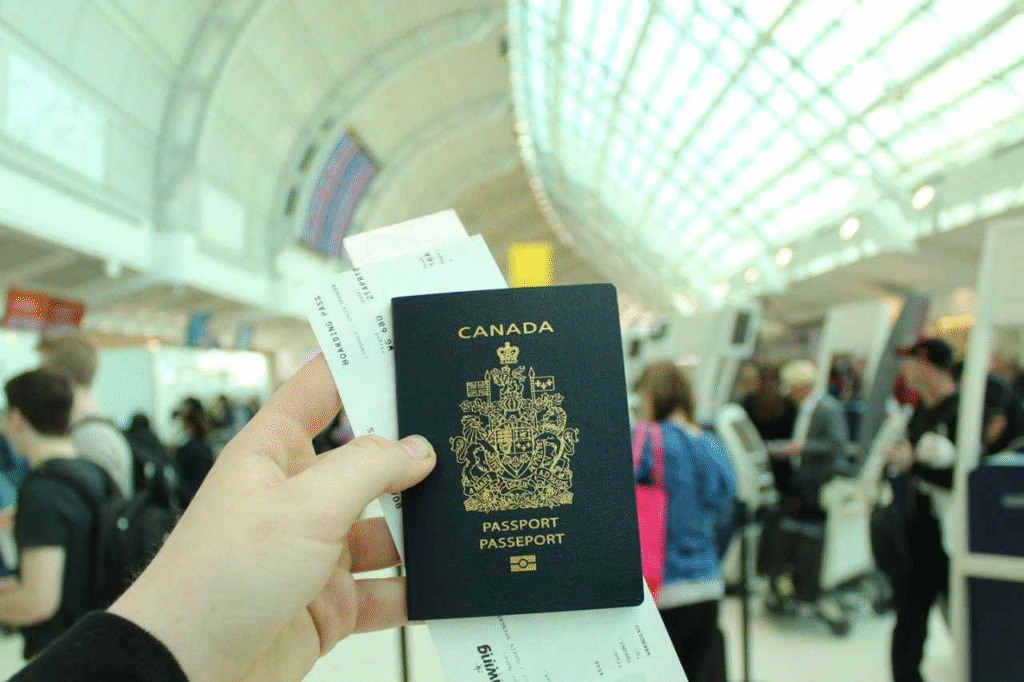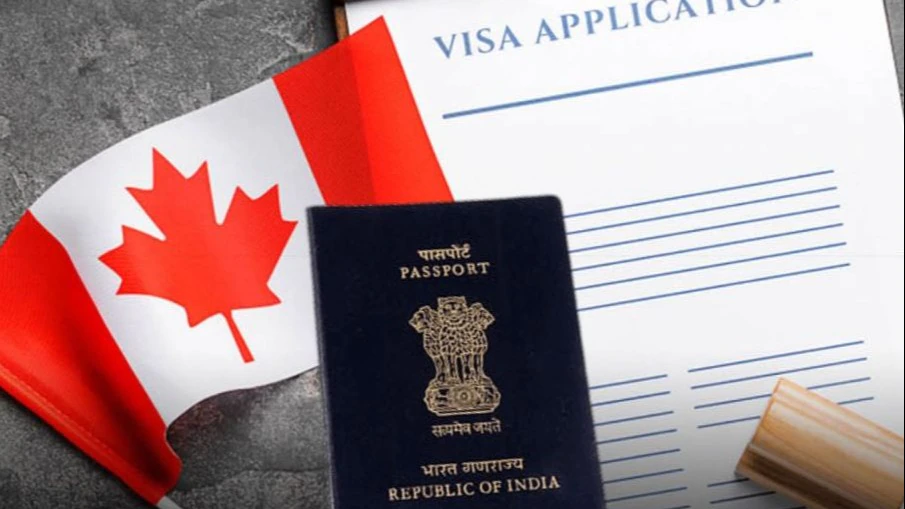Canada is globally known for its inclusive immigration policies and its high regard for healthcare and family welfare. Among its various immigration pathways, the Canada Caregiver Visa stands out as a compassionate program that welcomes foreign nationals to care for children, the elderly, or individuals with high medical needs. This visa not only fills a critical labor gap in Canada but also provides a life-changing opportunity for caregivers seeking permanent residency and a stable future.
Whether you’re an experienced caregiver or just starting your career in healthcare, this guide will walk you through everything you need to know about the Canada Caregiver Visa.
What is the Canada Caregiver Visa?

The Canada Caregiver Visa is part of Canada’s broader immigration and work permit programs. It allows foreign caregivers to live and work in Canada either temporarily or as a step toward permanent residency. Caregivers can support families in need by providing essential care to children, seniors, or persons with disabilities.
The program has evolved over the years and is currently divided into two main pilot programs under the Home Child Care Provider Pilot and the Home Support Worker Pilot.
Key Features of the Caregiver Program
- Work Experience Pathway: Caregivers can apply for permanent residence after gaining 24 months of qualifying work experience in Canada.
- Occupational Flexibility: You can switch employers within caregiving professions without needing a new work permit.
- Family Accompaniment: Caregivers can bring immediate family members, and children may attend school in Canada.
- Pathway to PR: After completing required experience, you can transition to permanent residency.
Who is Eligible for the Canada Caregiver Visa?
To be eligible for the Canada Caregiver Visa, applicants must meet certain criteria:
1. Valid Job Offer
You must have a genuine and full-time job offer from a Canadian employer. The job should be:
- For at least 30 hours per week
- Outside of the province of Quebec
- For caregiving roles such as nanny, personal support worker, or live-in caregiver
2. Language Proficiency
You must score a minimum of CLB 5 in English or French, which equates to:
- IELTS: 5.0 in each band (listening, speaking, reading, writing)
3. Education Requirement
A post-secondary education credential of at least one year is mandatory. If your education is from outside Canada, you will need an Educational Credential Assessment (ECA).
4. Work Experience
If you’re applying for permanent residency, you must show at least 24 months of full-time qualifying work experience within the past 36 months in a relevant caregiving role.
Steps to Apply for the Canada Caregiver Visa
Applying for this visa involves several steps. Here’s a breakdown of the process:
Step 1: Secure a Job Offer
Find a Canadian employer willing to hire you as a caregiver. Job boards, recruitment agencies, and government employment portals can be helpful.
Step 2: Gather Required Documents
You will need:
- Valid passport
- Job offer letter
- Educational Credential Assessment (ECA)
- Language test results
- Police clearance and medical exam results
Step 3: Submit the Application
You can apply for a work permit and permanent residence at the same time. If accepted, you’ll receive a Occupation-Specific Open Work Permit valid for three years.
Step 4: Accumulate Work Experience
Complete 24 months of full-time work in Canada. Make sure your employment is properly documented to count towards PR eligibility.
Step 5: Apply for Permanent Residency
Once your experience requirement is met, you can complete the process to obtain permanent residence.
Benefits of the Canada Caregiver Visa
- Path to Citizenship: Once you gain PR status, you can eventually apply for Canadian citizenship.
- Job Security: Caregivers are in high demand in Canada due to an aging population and working parents.
- Family Inclusion: You can bring your spouse and children with you under dependent visas.
- Quality of Life: Enjoy Canada’s excellent healthcare, education, and safety standards.
Common Challenges and How to Overcome Them
While the program is beneficial, it can be complex. Here are some common challenges and tips to manage them:
- Finding a Job: Network with Canadian agencies that specialize in caregiver placements.
- Navigating Paperwork: Consider hiring a licensed immigration consultant to assist with forms and legal documentation.
- Long Processing Times: Be patient and track your application regularly using the IRCC portal.
Latest Updates in 2025
As of mid-2025, Immigration, Refugees and Citizenship Canada (IRCC) continues to prioritize applications under the caregiver program. The government has also streamlined some of the documentation processes to reduce backlogs. Always check the official IRCC website for the most current updates.
Bonus Resource: International Visa Management
If you’re managing multiple visas or looking into travel options before moving to Canada, you may also be interested in learning how to extend Vietnam visa—an essential read for those in Southeast Asia planning to relocate to Canada in stages.
Final Thoughts
The Canada Caregiver Visa offers more than just a job—it provides a new beginning. With a straightforward path to permanent residency, family inclusion, and access to Canada’s high standard of living, this visa remains one of the most compassionate and practical immigration options available.
Whether you’re already in the field or just starting, now is the time to explore this pathway and take the next big step in your life and career. With careful preparation and a strong application, your Canadian dream could be closer than you think.








